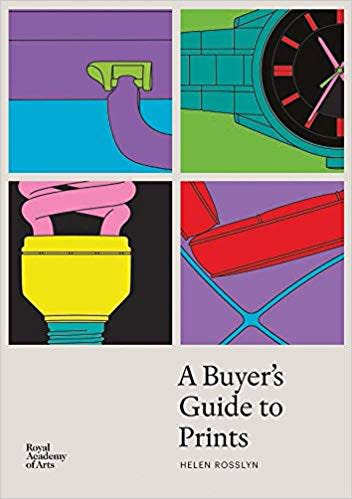Francis Seymour Haden P.R.E
4 1/2 x 11 1/8 in
Cleanly wiped on laid paper watermarked with a Strasbourg Lily. Time-stained. Haden commented that the plate initially was etched actually at sunrise. Haden collected Rembrandt etchings and presented two influential exhibitions from his own collection in 1867 and 1879. He also wrote a catalogue The Etched Work of Rembrandt, True and False, published in 1895 in which he innovatively organised the etchings in chronological order, rather than the usual thematic ordering, to be able to follow the artist’s development. Rembrandt’s etchings influenced Haden’s immediacy of style, his use of drypoint and his sometimes dramatic reworking of his plates through successive states.In 1863 Haden joined Whistler and Legros on a visit to Amsterdam to pay homage to Rembrandt.

 A Buyer's Guide to Prints
A Buyer's Guide to Prints